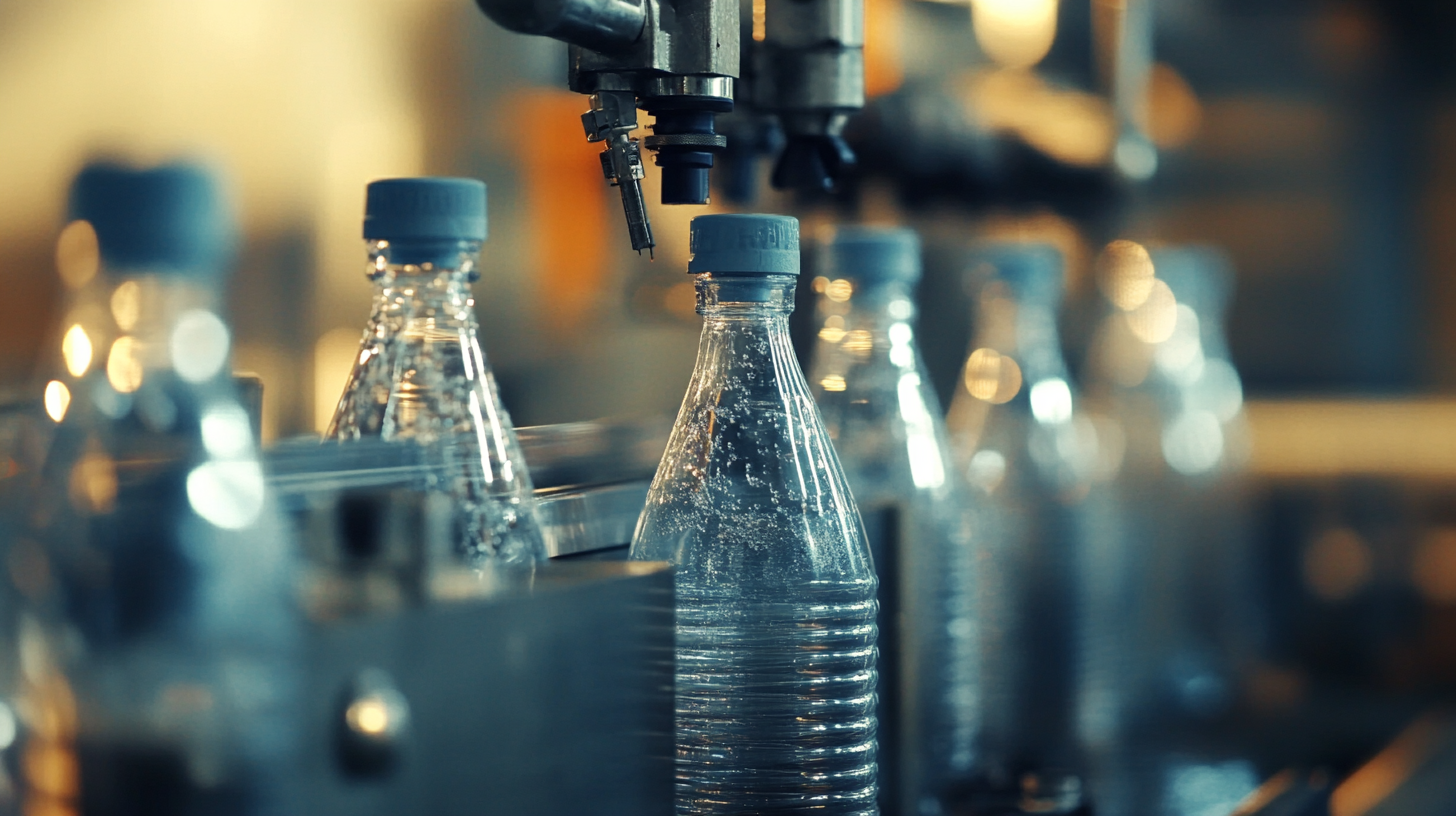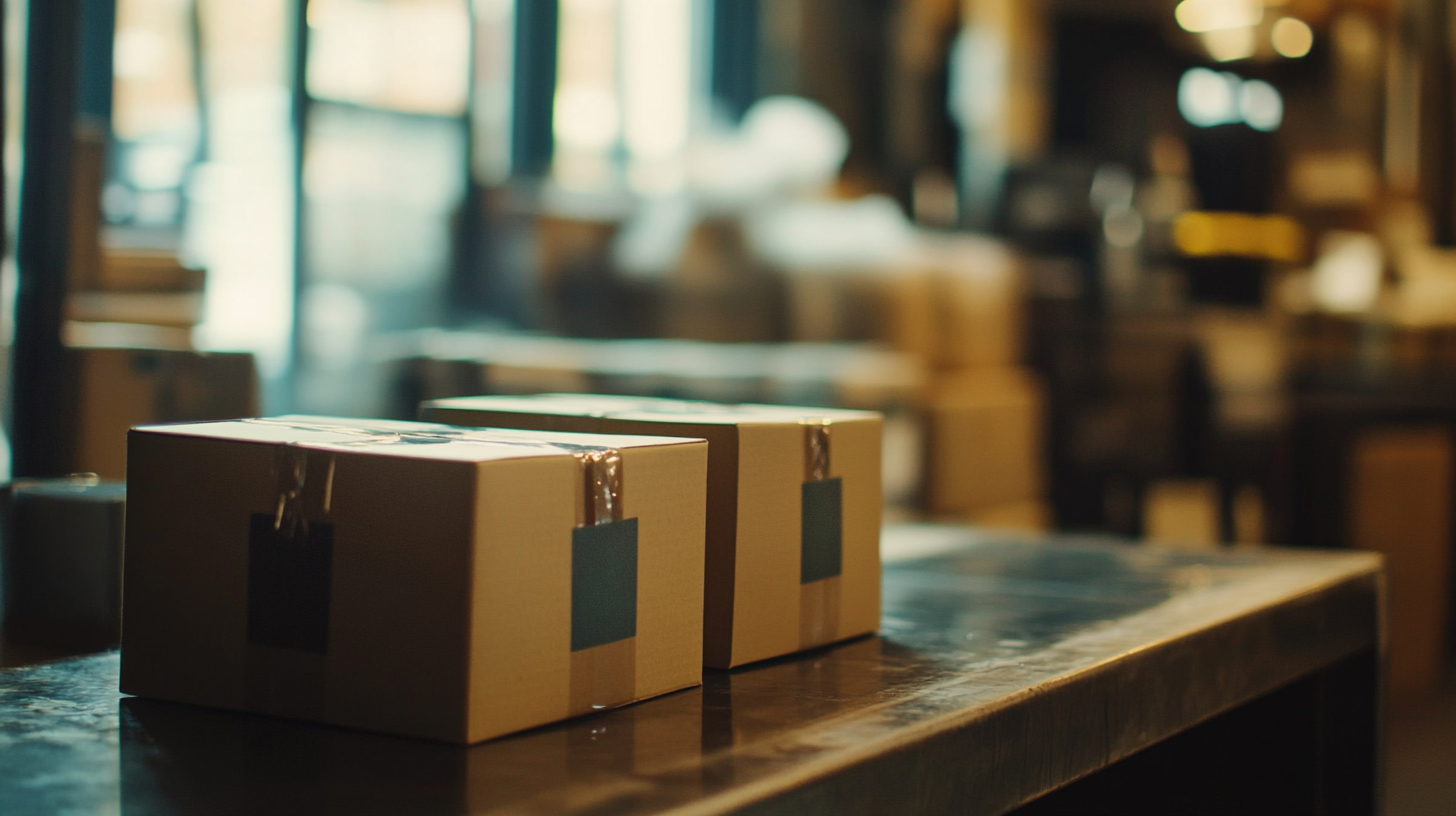Essential Guide to Choosing the Right Packaging Machines for Your Business Needs
In today's fast-paced manufacturing environment, selecting the right packaging machines is crucial for streamlining operations and enhancing product delivery. Packaging machines play a vital role in ensuring that products are securely packaged, efficiently labeled, and ready for distribution. However, with a myriad of options available in the market, businesses often find it challenging to determine which machines best align with their specific needs and goals. This essential guide aims to simplify the decision-making process by outlining key factors that should be considered when choosing packaging machines.
Understanding the various types of packaging machines and their functionalities is paramount for organizations of all sizes. From automated solutions that boost productivity to semi-automated systems that offer flexibility, the right choice can significantly impact operational efficiency and cost-effectiveness. This guide will provide insights into evaluating your business requirements, assessing different machine capabilities, and ultimately making an informed decision that suits your packaging needs. Whether you are a startup looking to establish your packaging line or an established company aiming to upgrade your equipment, this guide will serve as an invaluable resource.

Understanding Different Types of Packaging Machines for Various Industries
When choosing the right packaging machines for your business, it is essential to understand the various types available and their specific applications across different industries. Liquid filling machines, for example, are categorized into automatic and semi-automatic types, catering to diverse needs in sectors such as beverages and pharmaceuticals. The global liquid filling machine market is expanding, driven by innovations and the demand for precise and efficient packaging solutions tailored to liquid products. Moreover, the bakery packaging machine market is also on the rise, projected to grow from $3.1 billion in 2025 to $4.7 billion by 2034, reflecting a compound annual growth rate (CAGR) of 4.6%. This growth is fueled by the increasing popularity of pre-packaged baked goods and the need for durable, food-safe packaging that preserves freshness. In the cosmetics industry, packaging machines are becoming crucial as well, with an estimated market size of $3.8 billion in 2024, fueled by sustained demand for skincare and personal care products. The anticipated CAGR of 5.5% from 2025 to 2034 underlines the necessity for businesses to invest in effective packaging technology to enhance product presentation and safety. Lastly, flexible packaging machinery is witnessing significant demand, particularly for the food processing sector, with a market size exceeding $8.2 billion forecasted for 2024. As consumer preferences shift towards convenience and product sustainability, understanding the nuances of various packaging machines becomes imperative for businesses looking to excel in today's competitive landscape.

Key Factors to Consider When Selecting Packaging Machinery for Your Business
When selecting packaging machinery for your business, understanding the vacuum packaging market's dynamics is crucial. This market has been experiencing significant growth, fueled by the increasing demand for convenience and longer shelf life of food products. Several key factors must be taken into account when evaluating potential machines, such as the materials used in the packaging process. Common materials include various plastics like polyethylene, polypropylene, and nylon, which offer flexibility and durability, as well as cardboard for eco-friendly options.
Product types also play a significant role in your packaging strategy. Depending on your needs, you may want to consider machines that produce films, packaging bags, or pallets. Each type serves a specific purpose, and it's essential to choose the right one to enhance your operational efficiency. Additionally, the application areas of your packaging machinery should align with your business goals. Whether it’s food and beverage, pharmaceuticals, or consumer goods, understanding your target market will guide your selection process.
Moreover, the operational capabilities of your packaging machinery should not be overlooked. Automation features, speed, and versatility are critical elements that can affect your productivity and overall efficiency. Ensuring the machinery you choose aligns well with your production requirements can have a significant impact on your business's success in the competitive market landscape.

Evaluating Performance and Efficiency in Packaging Machine Options
When selecting packaging machines for your business, evaluating performance and efficiency is crucial. The right choice can significantly impact your production speed, product integrity, and, ultimately, your bottom line. Begin by assessing the machine's output rate, which is the number of packages produced per minute. This metric is vital for aligning production with demand, ensuring that you meet customer needs without overextending your resources.
Next, consider the overall efficiency of the machine. This encompasses not just speed but also accuracy and reliability. A high-performing machine should minimize waste, with precise measurements and consistent sealing or filling processes. Look for machines that incorporate the latest technology, such as automation and smart sensors, which can enhance performance while reducing the likelihood of errors. Efficiency also ties into maintenance requirements; machines that are easier to maintain tend to have prolonged operational life, reducing downtime and operational costs.
Additionally, it's essential to evaluate the versatility of potential packaging machines. Can they handle different product sizes, shapes, and materials? A flexible machine can adapt to your changing business needs, making it a cost-effective investment. Be sure to review product specifications thoroughly and opt for machines that offer scalability. This way, as your business grows, your packaging solutions can grow with you, ensuring a sustained balance between performance and efficiency.

Budgeting for Packaging Machines: Cost Considerations and ROI
When it comes to investing in packaging machines, budgeting is a critical aspect that businesses must carefully evaluate. The initial cost of machinery can vary widely depending on the type and complexity of the equipment. Basic machines may be more affordable, but they might not meet long-term production needs, leading to additional expenditures on upgrades or replacements. Alternatively, more advanced systems may have a higher upfront cost but could offer greater efficiency and lower operational costs over time. Businesses should assess their current and future production volumes to ensure they invest in a machine that aligns with their growth trajectory.
Beyond the purchase price, it’s essential to factor in maintenance costs, training expenses, and the potential downtime associated with new machines. Regular maintenance can prevent costly repairs and ensures that the equipment operates at peak efficiency. Training staff on how to use new machines safely and effectively also plays a crucial role in minimizing disruptions. By meticulously calculating these ongoing costs, companies can obtain a clearer picture of the return on investment (ROI) associated with their packaging machines.
Finally, businesses should consider how automation and technological advancements can influence overall ROI. While the initial investment might be higher for automated solutions, the long-term savings gained from increased productivity, reduced labor costs, and improved output quality can significantly enhance profitability. Thus, evaluating the total cost of ownership and projected ROI is vital for making informed decisions regarding packaging machines that align with organizational goals.
Future Trends in Packaging Technology and Their Impact on Business Needs
As businesses navigate the rapidly evolving landscape of packaging technology, it is essential to understand future trends that will significantly influence packaging machines and strategies. With growing consumer demands for sustainability and efficiency, companies are increasingly turning to high barrier packaging films. These films not only extend the shelf life of products by effectively blocking oxygen and moisture but also cater to the rising preference for lightweight materials that simplify logistics.
Furthermore, the vacuum packaging market is projected to expand considerably, driven by diverse sector applications such as food preservation and medical supplies. Innovations in materials—such as new grades of polyethylene and polypropylene—are anticipated to enhance performance while meeting the growing environmental concerns. The shift towards eco-friendly packaging solutions is not merely a trend but an essential response to consumer expectations and regulatory pressures.
Another key area of growth lies in liquid pouch packaging, which is expected to break the $10 billion mark in 2023. This surge is fueled by the increasing demand for convenience in consumer goods, emphasizing the need for companies to adopt flexible packaging solutions. Additionally, the food contact specialty paper market is on track for significant growth, underscoring the importance of functional coatings and additives to meet safety and performance standards. As these trends unfold, businesses must adapt their packaging strategies to remain competitive and responsive to market needs.
